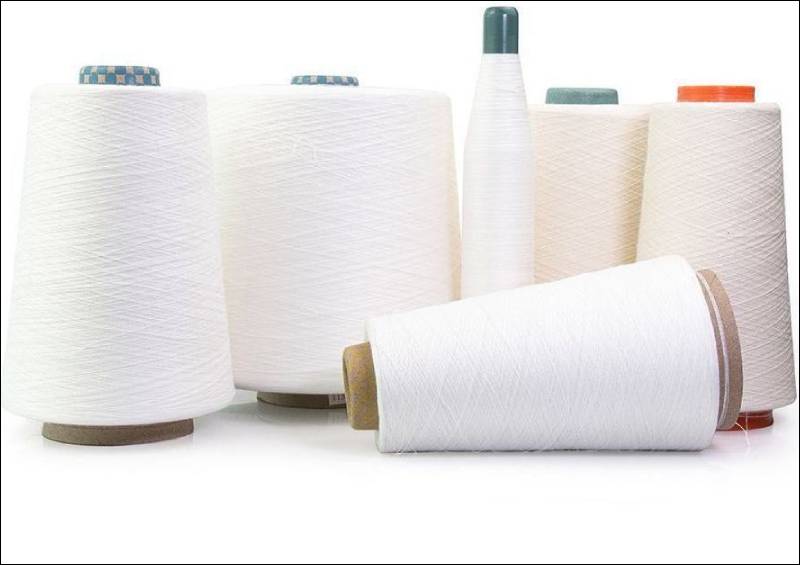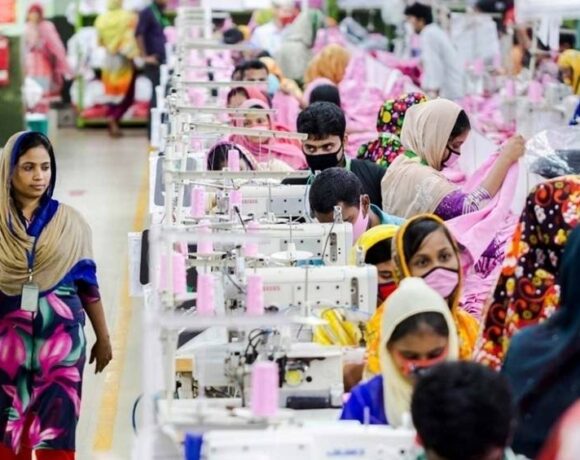Bangla Textile Capacity Not Enough To Meet China Plus Orders

Bangladesh is the second biggest global garment exporter and shipped apparels totaling US $46.99 billion in previous fiscal and utilised its overall production capacity in doing so.
But does it have spare capacity to handle orders diverted from China, under China Plus policy and the US ban on using China’s Xinjiang region cotton in clothing imported into the US.
Experts point out that the Bangladesh’s installed garment production capacity may not be enough even if 10 percent of Chinese orders were diverted.
China exported garments worth $182 billion in 2022 and just 10 percent of this figure amounts to $18 billion.
“Assuming $18 billion worth of Chinese export orders were diverted, it would mean Bangladesh would need to add 33 percent more yarn, fabric and clothing production capacity,” the experts added.
To add to their troubles, garment brands and retailers have reduced delivery lead times to 45-60 days from 90-120 days earlier.
This is forcing apparel exporters to source fabrics from domestic market as it would not be possible to import fabrics and export clothing in the shortened lead times.
Many spinning mills too are operating at lower capacities or just 50-60 percent due to the erratic supply of gas and electricity.
The current supply of domestic knitted fabrics is adequate, but experts raise concerns on supply of woven fabrics, which is inadequate in present times and could strain even if 10 percent of orders were diverted.
“There are only 200 spinning mills and just 60 weaving units which are able to cater to demand for yarns and fabrics for the garment export industry,” media reports stated.
Bangladesh has made noteworthy progress in hiking its global garment export market share, which has surged to around 8 percent last year from just 2.5 percent in 2006.














